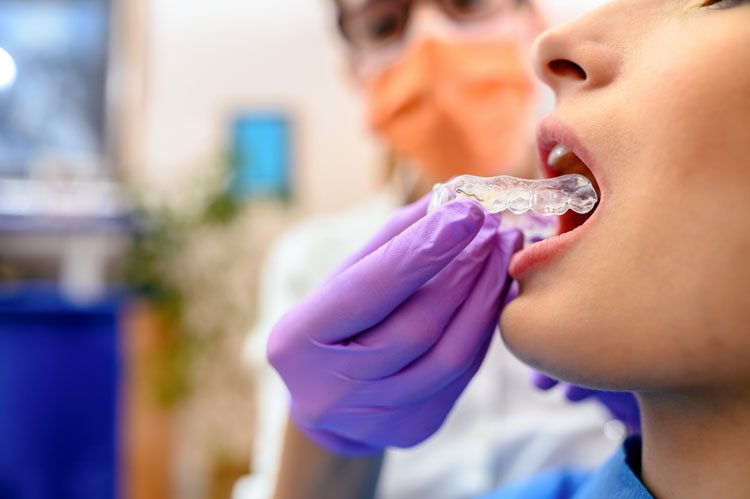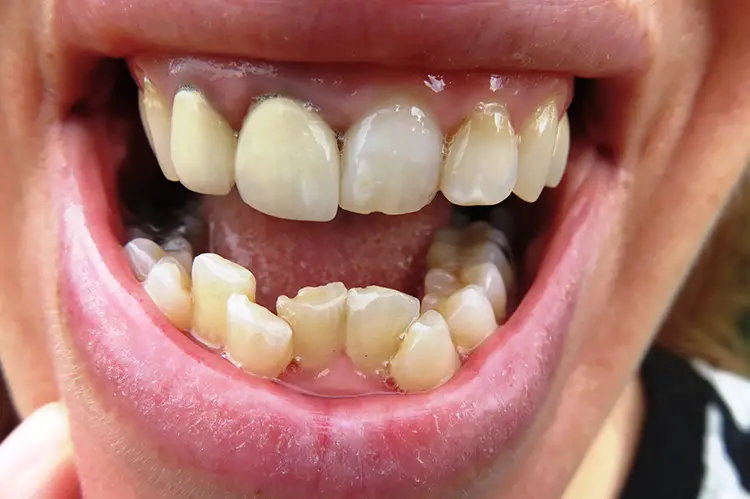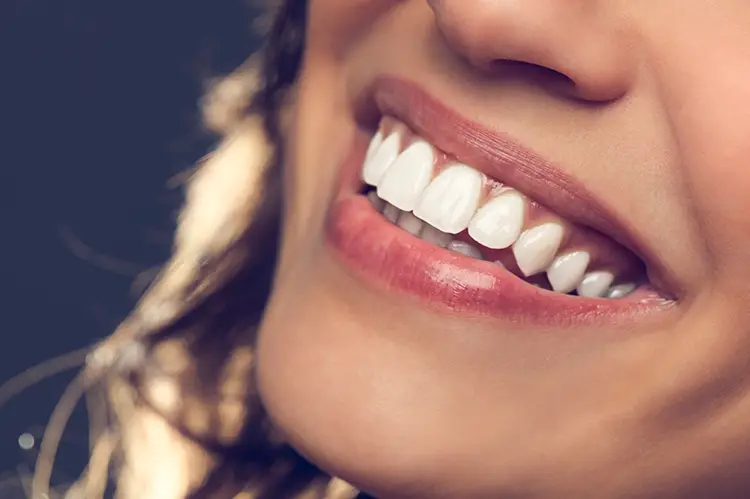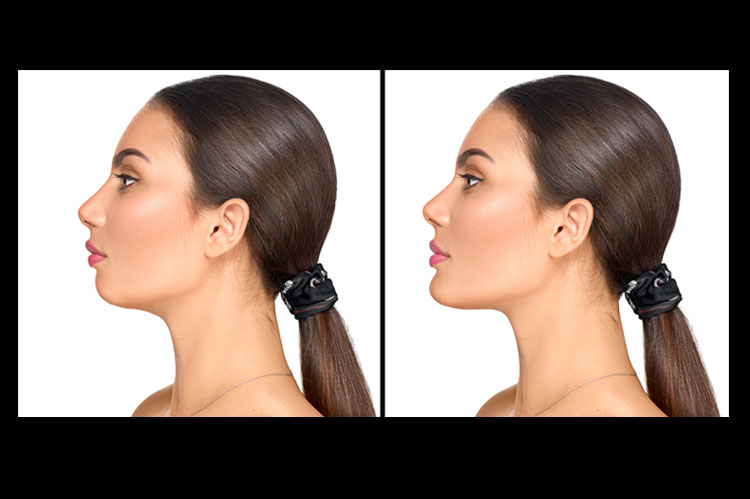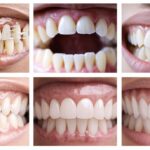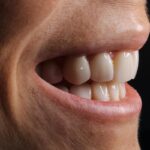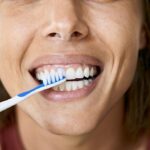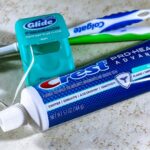The opportunity to achieve straight teeth and a beautiful smile is readily available in our modern world. Treatments such as Invisalign, traditional braces, veneers, and crowns make it possible to transform the smile’s appearance. Misalignment of the teeth and jaw affect millions of Americans, causing many people to feel uncomfortable with their appearance because of the societal standards of beauty we face each day.
As you are considering the cosmetic benefits of these treatments, it’s also essential to look at the possible consequences of straightening the teeth.
Common Types of Malocclusions (Teeth Misalignment)
Malocclusion is the official word used in the dental industry, referring to the misalignment of the bite and teeth. When the teeth and/or jaw is misaligned, the position of the teeth can be categorized into these categories:
- Overcrowding: A lack of space in the mouth can cause the teeth to be overcrowded. If there isn’t enough room for the teeth to grow in, they might overlap or have a crooked position. Overcrowding is the most common reason why orthodontic treatments are recommended.
- Spacing: Sometimes, there is too much space between the teeth. Common causes of spacing issues include small teeth, thumb sucking, tongue thrusting, and missing teeth.
- Overbite: It’s normal to have a bit of overlap, with the upper front teeth sitting over the lower front teeth. When an overbite is present, it means that the upper front teeth are too far down – sometimes causing the upper teeth to bite into the lower gums.
- Overjet: Don’t confuse an overbite with an overjet. An overjet misalignment means that the top teeth are positioned too far forward (beyond the lower teeth), with a horizontal gap. This protrusion increases the risk of dental damage and can cause issues with speech and eating.
- Crossbite: When the top teeth bite on the inside of the lower teeth, then it’s known as a crossbite. This alignment can affect the front or back teeth and one or both sides of the jaw. If the front teeth are affected by an anterior crossbite, it’s often known as an underbite.
- Open Bite: When there is no overlap of the front upper teeth over the lower teeth, it’s known as an open bite.
- Underbite: When the lower teeth close over the upper front teeth, resulting in a large looking lower jaw. This is a Class 3 malocclusion, also referred to as prognathism.
Each person has a unique jaw and alignment. Modern orthodontics strive to create symmetry and balance in the smile by shifting the position of the teeth within the mouth. Often, the recommendation is to correct malocclusion using braces or Invisalign. But there are times when orthodontists recommend surgical procedures to correct an overbite or underbite.
Hidden Dangers of Invisalign and Orthodontics
The appeal of having an aligned smile is the reason most people spend money on orthodontic procedures. Some patients also have functional motivations, such as the desire to improve the bite or close unnecessary gaps to improve eating and speech.
With traditional braces, brackets and wires are placed on the teeth to move them into the desired position. Invisalign uses clear trays that are changed every two to three weeks, gently moving the teeth into alignment.
Most Invisalign and orthodontic treatments are generally considered safe. But there are hidden consequences to orthodontic treatments that aren’t often discussed with orthodontic patients. Potential risks of Invisalign include:
- Tooth Nerves: Teeth can be damaged by the treatment, especially when the nerves are affected. Some patients require restorative work, such as root canals, after Invisalign, because the treatment killed the tooth’s nerve.
- Previous Dental Work: When previous dental work has been done, including fillings or crowns, these restorations might be damaged by Invisalign and the new bite.
- Tooth Decay: Even small amounts of food particles and plaque can quickly build up because they are trapped inside the aligners. Not only does this cause rancid breath for many people, but it can also increase the risk of cavities. Brushing your teeth before putting the aligners back into your mouth can help to minimize the risk of decay.
- Increased Risk of TMJ: Straightening the teeth doesn’t necessarily mean that optimal jaw alignment is achieved. The risk of temporomandibular joint disorder (commonly called TMJ) goes up after Invisalign.
- Long Term Work: Moving the teeth doesn’t guarantee that the teeth will forever maintain the new position. Many patients experience teeth shifting over the years, which is why orthodontists often recommend the use of a retainer.
- Full-Body Alignment: When the teeth are moved, it affects the lower jaw position, which has a downstream effect on the overall position of the body. A seemingly small change in the jaw can change how the muscles are holding up your head, which also plays a role in posture and body mechanics (such as walking).
- Ear Canal Changes: Shifting the jaw can affect the ear canals. Many patients report tinnitus after Invisalign and other issues affecting their ears
- Headaches: Changing the alignment of the teeth and jaw can also impact the position of all other bones in the head. Some people experience severe, constant headaches after orthodontic treatments.
- Toxic Load: Chemicals within the Invisalign trays can cause harmful reactions, including swelling in the mouth, inflammation, and allergic reactions. These aligners are manufactured with plastic materials, which can absorb into the body since they sit in your mouth throughout the day.
- Calorie Deficit: Nutritional issues can occur if you aren’t getting enough calories because of the limited windows for eating. Invisalign aligners must be worn for a minimum of 22 hours per day, which only leaves 2 hours for eating. Some patients find it difficult to get sufficient nutrition during these small windows of time, resulting in weight loss and other nutrient-related health issues.
A search online can uncover a long list of other complaints – shared by individuals but brushed aside by orthodontic professionals. Other potential dangers of Invisalign include bone loss, gum ulcers, gum irritation, chronic pain, tooth extraction,
Straight Teeth Vs. Whole-Body Health
The goal of orthodontic care is to straighten the teeth, but orthodontic experts don’t fully understand all of the other potential consequences in the body. Among the many success stories coming from satisfied Invisalign patients are many other people who experienced moderate to severe health consequences as a result.
Think about it this way: the body is a full system, with smaller, finely-tuned processes that work together. Like the different components and moving parts of a car, it’s necessary to have the right alignment and functioning systems for the body to work optimally. When one part of the body is out of alignment, it can cause seemingly unrelated issues with other parts of the body – sometimes resulting in unnecessary wear and tear.
Orthodontic treatments can cause adverse side effects – some of which are known, and others are still being discovered. The risks are high enough that new patients must sign a liability waiver before the treatment.
Is Invisalign Worth the Risk?
Before you decide if you are a good candidate for Invisalign, it’s essential that you read about ALL of the potential consequences of this treatment. You might have straighter teeth – but is that worth the life-long issues that stem from problems with your bite alignment and jaw? When you see how many people have experienced severe health consequences, you might reconsider your goal to straighten your teeth using Invisalign.

